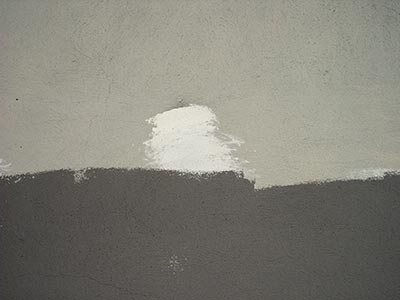May 14th, 2006
There is an interesting discussion about one page Web sites on the Signals vs Noise blog published by the Web programming company 37 Signals. I especially chimed with the comment by Geoff Harris
“I agree with Wilson’s comments about distilling information down to the most basic requirements and leaving as is.
Doing so is a fantastic exercise in focusing on the core elements and making new additions really fight for existence on the site. Even when the only person updating the content is yourself, it’s still very healthy to get the boxing gloves out.”
Producing a one page Web site for a mythical company might well form part of an assignment on next year’s Web authoring module…
Posted in Web | Comments Off
May 10th, 2006
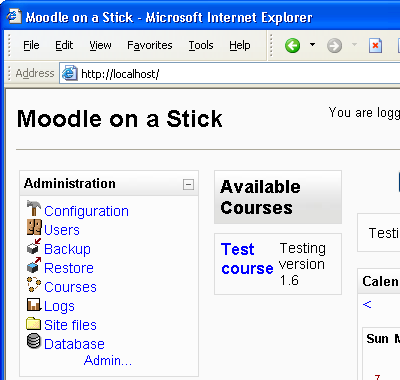
Moodle 1.6 is in final beta with the stable release expected within a few weeks. Moodle is an open source Virtual Learning Environment, it provides all the features you need to deliver e-learning via a Web site including forums, computer marked tests, chat lines, and even a Wiki. Moodle is organised around the idea of students taking ‘courses’, each course having one or more teachers and consisting of a series of ‘topics’ or weekly lessons. The ‘topic’ based courses allow roll-on roll-off use, the calendar based courses allow you to build a genuinely active scheme of work for a specific class.
Moodle consists of a series of php scripts that are designed to run under a Web server (usually Apache but it is possible to use Microsoft Web servers) and they store information generated by teachers and students in a relational database (usually MySQL). It is possible to run a Web server, the php scripting engine and MySQL on an ordinary computer, but setting up all the software can be a demanding task.
You can download a special version of Moodle [ Complete Install Packages: scroll down to the bottom of the Moodle Downloads page ] as a package that contains all the software that you need to run Moodle on a laptop or desktop computer – a complete installation of Apache, php, MySql and the Moodle script files all set up to recognise each other and function. You simply click the icon, and then load your Web browser and go to the special address ‘http://localhost/’. There is only one draw-back: the Moodle folder must be in the root of the hard drive of the computer, or at the root level of a usb stick or other device.
Computers at the College do not allow root access to the hard drive for security reasons, so I downloaded the Moodle the Version 1.6 beta for Windows and extracted the moodle folder from the .ZIP file. I then saved the folder on the root of a brand new 256Mb USB stick. After following the instructions in the ReadMe file carefully, I was rewarded with a fully installed Moodle running from the stick.
The installation process hard wires some paths in the configuration process so if the USB stick on your Windows computer has the drive letter E:, it will only run on other computers if they allocate E: to the USB stick.
One fact I have already learned: Moodle 1.53 uses a different encoding for letters than Moodle 1.6 (which is Unicode), so courses that you back up on Moodle 1.53 cannot be directly Restored to Moodle 1.6 – the documentation recommends upgrading the 1.53 installation to 1.6 en masse. Future upgrades should allow piecemeal transfer of courses as they will all be using Unicode.
More soon…
Posted in ILT, Web | Comments Off
May 8th, 2006
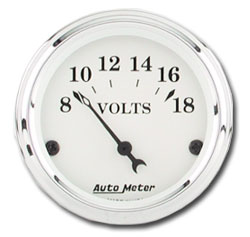
Yotophoto.com is a search engine for finding photos on various photosharing sites. Yotophoto lists the images according to copyright permission: images are either public domain or released under a ‘creative commons’ licence.
Some of the sharing sites contributing images require that you set up an account to access high resolution versions of the images, many don’t. So if you need a picture of a voltmeter, a rheostat or a brick wall for your next PowerPoint, try this site!
Posted in ILT, Web | Comments Off
May 5th, 2006
Posted in Photos | Comments Off
May 3rd, 2006

My colleague David C recently posted an image of Bernard convection cells in a conical flask noticed by an HND Chemistry student. That was one occasion when a mobile phone with a good camera came in very useful!
One of our technicians came up with the Petri dish illustrated here – showing a black fine structured mould that seems to be growing in perfect concentric circles. The general feeling is that the mould grows in cycles, and perhaps produces a toxin after a period of growth that kills off the mould cells in the clear circles. Most of the deliberately exposed Petri dishes had ‘normal’ green mould of the kind you see on bread left in a warm room for too long. Only this dish had the finer structured ‘rust’ like mould with the circular growth pattern.
Pictures: We rigged up an improvised light box using an overhead projector, some paper and a ruler for scale. My basic snapshot digital camera has a ‘macro’ mode, and the detailed shot here is cropped from the full 1600 by 1200 frame. The camera was handheld.
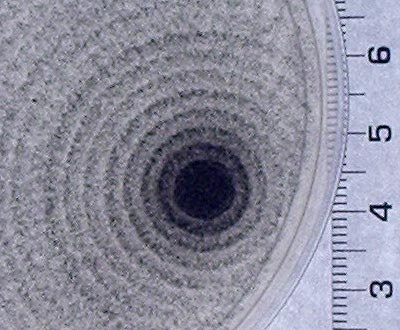
Posted in Maths, Notes, Photos | Comments Off
May 3rd, 2006

Not long before he [ Alberto Guerrero ] died, in 1959, from complications following a routine hernia operation, his daughter Melisande showed him a published article in which Gould had made some depreciating remarks about his teacher. She was angry, but Guerrero was sanguine: that was just how it should be. “Al maestro cuchillada” he said to her – “To the teacher goes the knife.” Wondrous Strange: The Life and Art of Glenn Gould by Kevin Bazzana.
Alberto Guerrero sounds like something from a Borges story, except that he was Chillean and not from Argentina. He seems to me to be one of those individuals who acts as a conduit for ‘old world’ culture in a ‘new’ society, but so the new society can take what is good and leave the dross behind. Bazzana’s biography of Gould is well argued and is putting Gould in his cultural and historical context without minimising the performer’s huge technical capacity. A more considered review when I have time to read the rest.
Note: I bought Bazzana’s book and a copy of the Sony re-issue of Gould’s 1955 and 1981 recordings of the Goldberg Variations from shops in the centre of Birmingham on a whim having been able to examine the work at my leisure over coffee. There is a need for physcial shops sometimes!
Posted in Notes | Comments Off
May 2nd, 2006
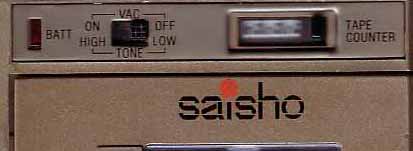
The last time I recorded sound seriously was about 18 years ago, and the simple voice operated cassette recorder was enough then.
Times move on: what I need now is a portable device that can be used to capture sound in various locations, with an integral microphone but with the capacity to plug an external microphone in when needed. I want a one box pocketable solution if possible – no wires, no big intimidating boxes. The sound must be exportable as digital files to an iBook (USB, FireWire, no analogue input) and Windows XP.
The aim is decent quality mono recording of speech, probably interviews so two speakers, in possibly a noisy environment.
A colleague has made very good use of a Sony minidisc recorder for some shorthand practice recordings at different speeds. That is one alternative. Is there anything solid state out there that anyone knows of? I’m trying to move away from media and I understand that I’d need to put the audio from the minidisc player into the iBook as analogue input into something like Audacity.
Just pop a comment on this post if you have any suggestions…
Posted in ILT | No Comments »


